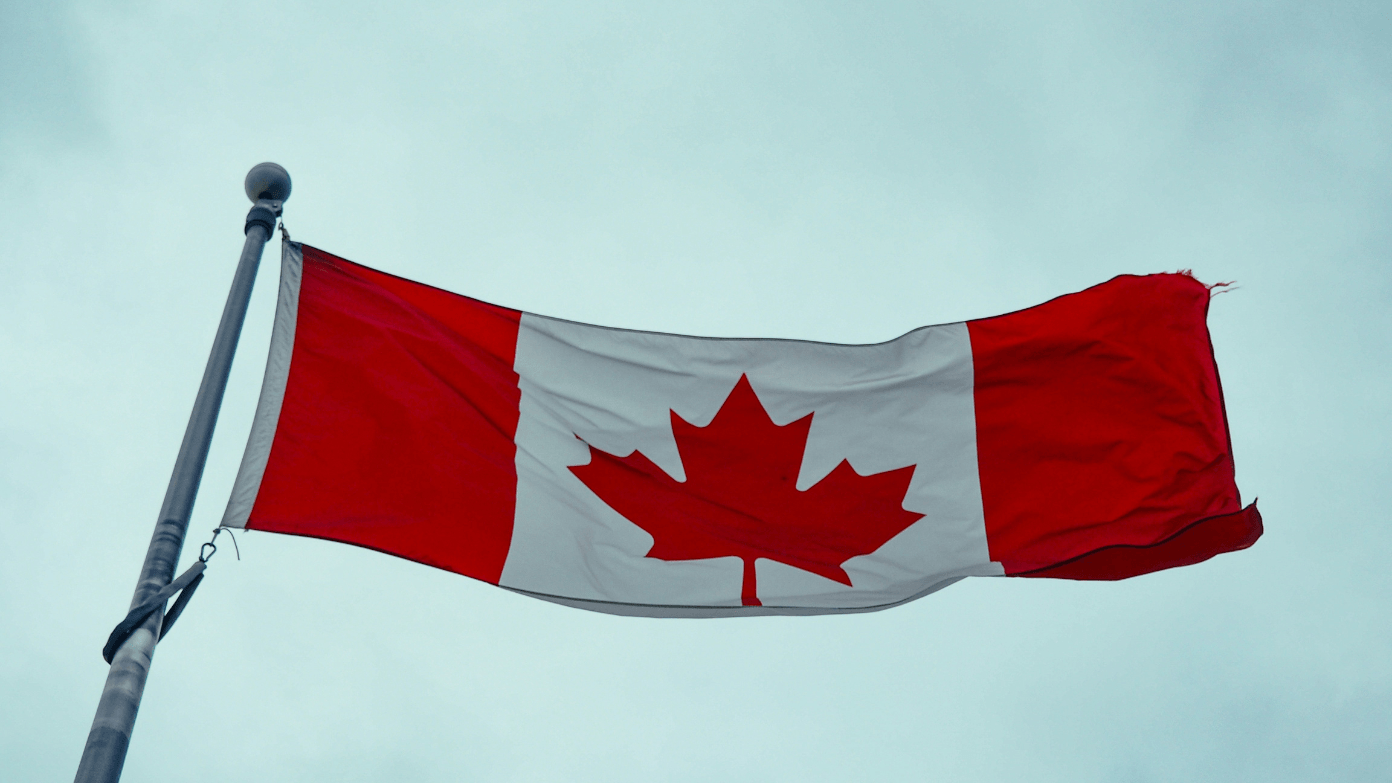The Canadian government has initiated an odd diplomatic attack on American trade policy, using electronic billboards along America’s main highways to shed light on the domestic impact of tariffs. The installations, which have been put up in at least 13 states as of April 2025, meet the Trump administration’s protectionism directly by casting tariffs as stealth taxes on normal consumer spending. The campaign is a sign of rising trade tensions between the two countries and represents a rare example of a foreign government employing domestic advertising to shape U.S. public opinion.
Strategic placement in key states
Billboards were deployed in politically exposed areas, like Florida, Ohio, Michigan, Georgia, Nevada, and Pennsylvania—states with GOP voters during recent elections. Other postings extend from Arizona to Colorado, Minnesota, New Hampshire, North Carolina, Wisconsin, and Washington, D.C. Canadian Foreign Affairs Minister Mélanie Joly specifically targeted areas in an attempt to pressure legislators, indicating that the campaign aims to “send a message to the American people” in regions where tariff effects could possibly tip election results.
Busy spots such as Jacksonville’s Interstate 75 exit at Miramar Parkway and Cleveland’s broad boulevards provide maximum visibility. The electronic signs cycle through three primary messages, each connecting tariffs to concrete family expenses:
- “Tariffs are a tax on hardworking Americans”
- “Tariffs are a tax on your grocery bill”
- “Tariffs are a tax at the gas pump”
All of the billboards end with an open disclosure that the Canadian government is the funder, an overt gesture of a geopolitical kind.
Economic messaging and policy context
The campaign is reacting to President Donald Trump’s imposition of tariffs to 25% on Canadian imports, such as steel, aluminum, and automotive parts, in March 2025. Canada and also China retaliated with $50 billion in counter-tariffs in two phases:
- $30 billion on U.S. agricultural products and manufactured items on March 4
- $20 billion worth of energy commodities and aircraft components on March 13
Prime Minister Mark Carney described these steps as “dollar-for-dollar” reactions to constrain Canadian economic damage while exerting ultimate political pressure on U.S. industries. The billboards execute this tactic by translating tariff effects into consumer-oriented units. For instance, analysts project that the 25% auto tariff will drive up the average price of U.S. vehicles by $6,875, and agricultural tariffs will add 12–18% to Midwest state grocery lists.
Diplomatic objectives and domestic coordination
Foreign Affairs Canada has called the effort an “educational campaign” meant to combat misinformation regarding trade policy. The internal communications paint a two-step strategy:
- External persuasion: Change U.S. public opinion that tariffs hurt themselves
- Internal consolidation: There is also a supporting video campaign where Canadians are asked to “stand up as our most flag-waving, maple-leaf-purchasing selves”
This dual-pronged approach tackles both the economic and symbolic aspects of the trade war. By framing tariffs as inflationary instruments instead of protectionist ones, Canada aims to disassemble popular support for Trump’s policies among Republican voters. Joly went as far as to encourage Americans to “talk to your senators and representatives” and used constituent pressure to temper U.S. trade positions.
Reactions and effectiveness
US reactions have been disparate. Senator Bernie Moreno (R-OH) scoffed at the campaign while visiting a Tesla dealership, contending Canada should spend time on border security rather than “propaganda.” Vermont and Michigan small businesses, however, cite increasing alarm over supply chain logistics, some manufacturers experiencing 30–40% increases in the price of Canadian-originating materials.
Political pundits question the efficacy of the ads. News4JAX analyst Rick Mullaney noted the billboards most likely came after Trump decided on tariffs, so their policy impact is limited. The psychological effect on local economies remains significant—Ohio soybean growers now pay 28% duties shipping to Canada, risking $2.1 billion in trade a year.
Long-term implications
The campaign is an extension of a new trend in Canada-U.S. relations. Prime Minister Carney’s declaration that “the era of cooperation is over” is a result of increasing desperation with traditional diplomacy. By avoiding government channels in an attempt to mobilize directly to Americans, Canada is attempting to test new modes of economic statecraft. Previous practices suggest that such campaigns can shape trade policy: Mexico’s “tomato diplomacy” in 2018 reversed U.S. anti-dumping measures with targeted consumer-level appeals.
Read more: Who is Kilmar Abrego, the Salvadoran man Trump deported due to a “clerical error” and an “oversight”
Read more: What happens if the US president-elect dies before the inauguration?

